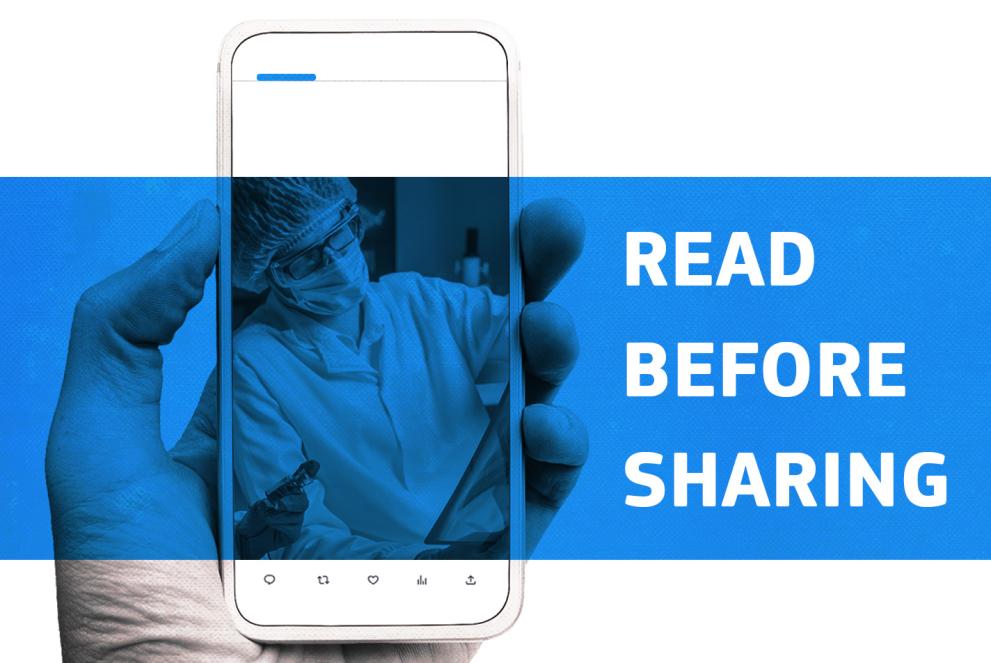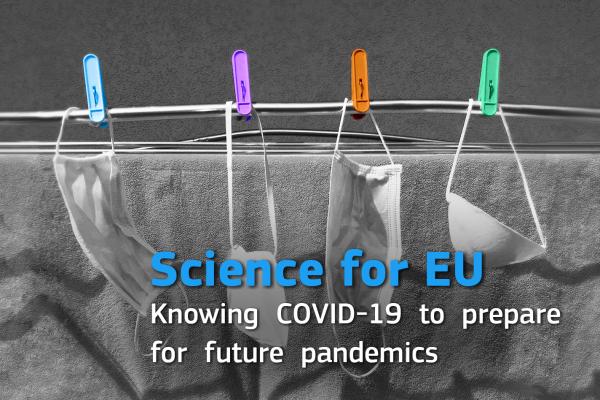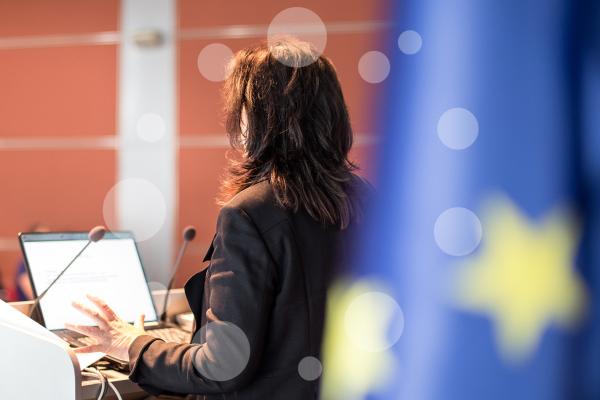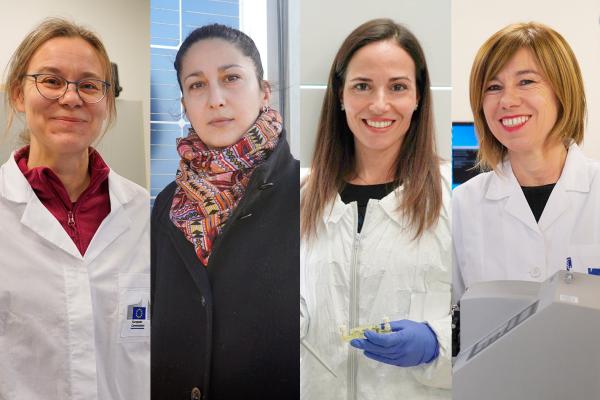
In 2020, COVID-19 became a global pandemic. In just a few weeks, the world experienced the rapid spread of a deadly virus, but also mis- and disinformation around it.
During the last three years, JRC scientists analysed the infodemic to understand its consequences and the best strategies to fight it. Their lessons will help us better prepare for future crises that will be accompanied by false information campaigns, such as is the case for climate change or the Russian aggression against Ukraine.
Much misinformation makes false claims around political and societal topics
The European Commission usually understands misinformation as “false or misleading content shared without harmful intent”. Disinformation, on the other hand, assumes such intent. The published report shows that misinformation narratives that emerged during the pandemic did not focus solely on health aspects. In fact, many of them revolved around political and societal topics, making misleading or false claims around policy actions.
Pre-existing conspiracy theories were often the base for these stories. Some of the most circulated topics revolved around the non-natural origin of the virus (especially early during the pandemic), the orchestration of the pandemic, or hidden purposes related to the development of the vaccine. The latter narratives were becoming more prevalent over time, with vaccination becoming more relevant.
A threat to democracy, a concern for all policy areas
These messages are sometimes connected to hesitancy when it came to getting vaccinated or receiving a booster shot. People exposed to misinformation frequently tended to adopt less preventive measures, such as social distancing or hand washing.
But not just the consequences of misinformation for health issues are important. The spread of false and misleading information, as well as information manipulation, often parallels distrust in public institutions, political leaders, and governments.
Misinformation poses a threat to social cohesion and democracy and, as such, it should be a concern for all policy areas.
Intuitive, spontaneous, and conservative people: the most vulnerable to misinformation
Interestingly, although people reported being exposed to misinformation quite often, the actual amount was still lower than the amount of accurate information. This suggests that, while there is relatively little COVID-19 misinformation, it has a disproportionate capacity to spread widely and capture people’s attention.
According to the report, people with a higher tendency to make intuitive and spontaneous decisions, and those with conservative political views, were more likely to believe or share COVID-19 misinformation.
Sense of powerlessness and lack of control, distrust in science, and a high use of social media were also associated with vulnerability to misinformation. On the contrary, sociodemographic variables, such as age, gender, education, or income, were judged as less insightful. They can be relevant in some cases, but the other categories of variables better explain potential reasons for sharing misinformation.
Design your policy interventions in a targeted and tailored manner
Understanding who is most likely to believe or act on misinformation can help design efficient, targeted and impactful policy actions. Targeting and tailoring policy interventions towards the right groups is fundamental.
For example, people with extreme points of view and strong convictions are often hard to reach and rarely convinced by debunks. People “on the fence”, on the other hand, might well profit from targeted and tailored debunks, prebunks, or nudges.
In the specific case of vaccination, a science for policy brief from the JRC investigates perceptions of COVID-19 pandemic phases and predicted waves. It shows that information campaigns should present epidemiological evidence (the current status of the pandemic and the likelihood of future waves) through trusted channels and in a clear and understandable manner. Furthermore, policymakers should acknowledge the differences in beliefs and perceptions between sub-groups of the population (for example, as explained in the brief, between vaccinated and unvaccinated), and tailor their messages accordingly. Doing so helps challenge inaccurate perceptions created by targeted mis- and disinformation on such topics.
Empower people to recognise misinformation
Three strategies can be used in the fight against misinformation depending on the moment when they are applied:
- Before exposure, ‘prebunking’: Consists of empowering people to be aware of/recognise misinformation and the techniques associated with it. This type of intervention increases societal resilience and is especially effective in the long term.
- During exposure, ‘nudging’: Consists of creating an environment designed to benefit the spread of factual information, instead of misinformation. For example, nudges can highlight the importance of accuracy while people consider sharing information with others.
- After exposure, ‘debunking’: Consists of using credible information from trustworthy sources to refute false information and replace it with facts. Most evidence suggests that, although debunking can be effective in the short term, it may be less effective in the long term.
A good approach could be to combine different strategies. Empowering people to spot misinformation using prebunks, prompting people to consider accuracy and reflect before sharing information using nudges, and debunking already identified misinformation narratives should occur concurrently.
All these approaches combined can help create a more secure, accountable and trusted information environment.
Details
- Publication date
- 21 February 2023
- Author
- Joint Research Centre
- JRC portfolios









